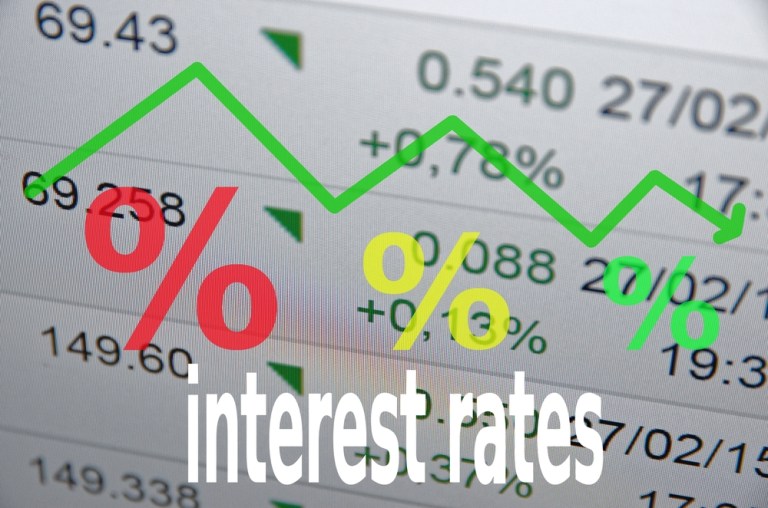Beyond The Fed, What’s Next For Market

The Fed’s decision is finally in. As had been widely, if not almost universally, expected, the Federal Reserve Bank boosted its benchmark rate today, the first time it has done so in roughly one year.
The questions become, what comes next? And when? And in the markets, who benefits? The “what” might lie with more interest rate hikes, while the when is this year. The Fed said that an economy that is gradually getting better, in tandem with a strong labor market, two tracks of momentum intertwined that led to the interest rate push.
Caution has certainly stayed the Fed’s hand up till now, as this is only the second hike in a decade, amid an unemployment rate that has plunged dramatically, from 10 percent at the depth of the Great Recession back in 2009 to a more recent 4.6 percent.
The federal funds rate now has gone from 40 basis points to 60 basis points in the immediate wake of the Fed announcement. As always, the interest in the interest (rate) lies in looking just over the horizon. The fact that the decision was unanimous also puts the Fed squarely in the camp of raising rates, as a mindset, going forward.
Policymakers also ratcheted up their growth targets a bit, with expectations of growth now standing at 1.9 percent for 2016, up 10 basis points from previous expectations, and 2.1 percent next year, also up 10 basis points, in tandem with estimates that the unemployment rate will decline by 10 basis points to the end of 2017 at 4.5 percent.
In its statement explaining the hike, the “decision to raise rates should certainly be understood as reflecting the confidence we have in the progress the economy has made and our judgement that will continue,” as noted by Fed Chair Janet Yellen in a news conference Wednesday.
The boosts to the Fed funds rate (and, by extension, interest rates at large) might quicken a bit ahead of government stimulus that will ramp up, likely soon after the Trump administration takes its official bow next month. Amid that stimulus, the conventional wisdom is that inflation will rise, and rate hikes will put a lid on inflation. Short term beneficiaries, at least in equities markets, include banks. As rates rise, revenues increase at banks, and at least a good chunk of those top line gains should accrue to the bottom line. Holding all else equal, bank stocks should rise amid higher earnings. Bank of America said last night that it was boosting its prime lending rate to 3.75 percent from 3.50 percent, effective immediately.
Of course, mortgage rates are going to go up (could there be a crush of homebuying as people scramble to lock in current rates before they go up), and auto loans will go up. And the price of corporate debt will go up, albeit from very low levels, which may make some firms start plotting other ways to gain capital (eventually, gradually and certainly not immediately), such as IPOs or secondary offerings.